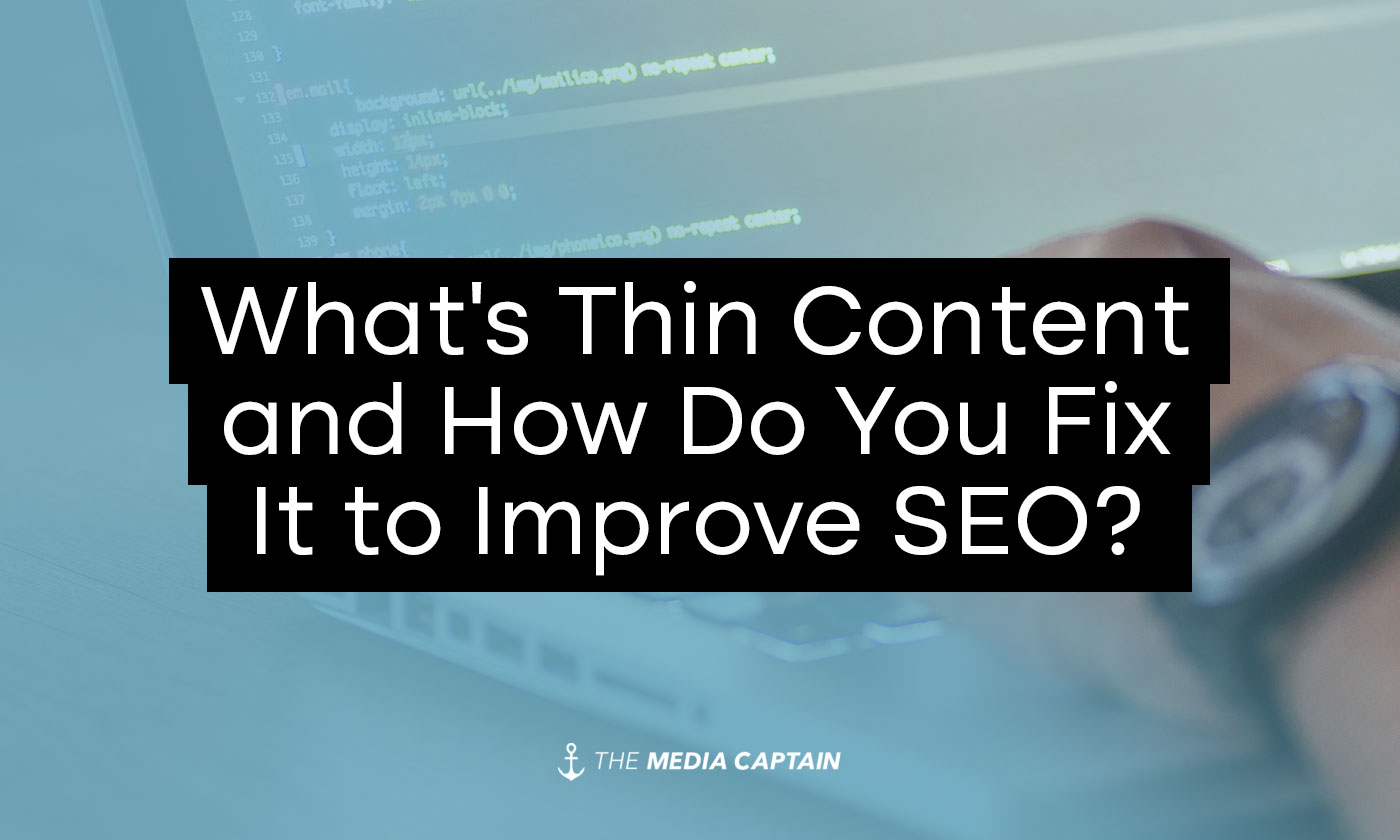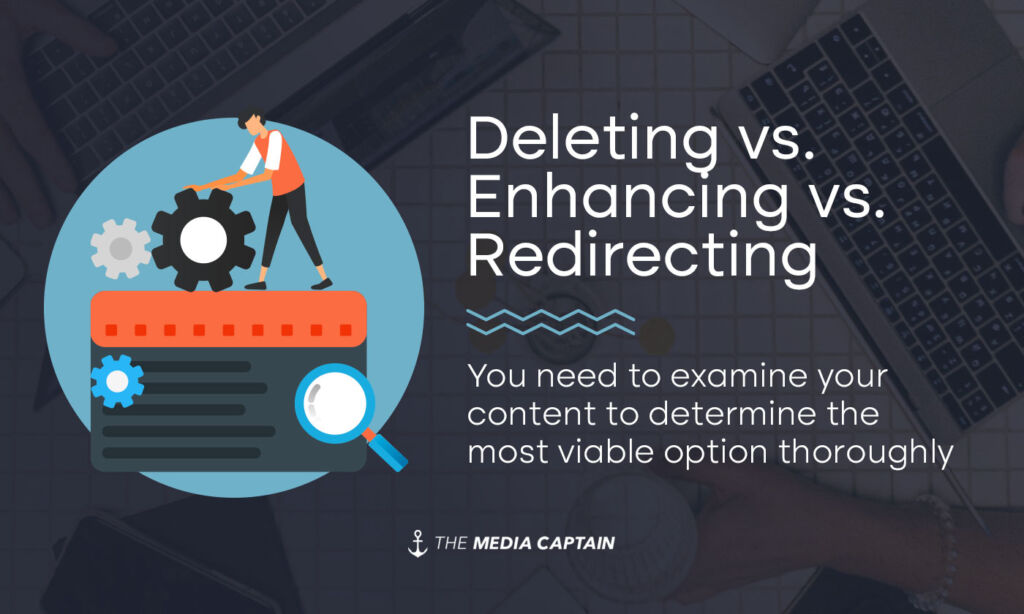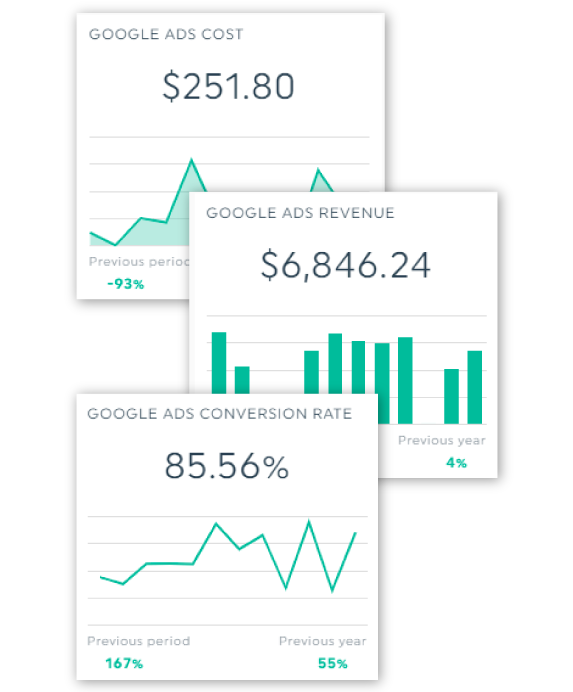What’s thin content With SEO?
Thin content has little or no value to the user [source]. Google considers doorway pages, low-quality affiliate pages, or pages with very little or no content as thin content pages.
Thin content is a serious issue. When Google rolls out major algorithms, thin content can be one of the reasons you have a site-wide drop in keyword rankings. Many webmasters fail to realize that thin content issues could be holding them back. A common misconception is that fresh content helps SEO. This couldn’t be further from the truth. Quality always trumps quantity.
Like many sitewide penalties, Google doesn’t give you a reason or notification when you’ve been negatively impacted. Oftentimes, it takes an SEO professional to detect the quality issues at hand. Alternatively, you can read this article and personal case study to understand better thin content and whether or not this needs to be addressed and improved on your website.
Understanding Google’s Algorithm Updates
Google launched the Helpful Content Update (HCU) in 2022. This algorithm, which typically runs 2-3 times per year, targets content primarily created for ranking well in search engines rather than to help or inform people. The algorithm is applied site-wide, which is important to remember.
If you have a lot of low-quality blogs, for example, and Google deems your blog content to be thin, your keyword rankings for your primary service or product pages could be negatively impacted (more on this within my case study below).
If your keywords have been negatively impacted sitewide, you won’t be able to recover until Google runs its next Helpful Content Update, which could be 7-8 months. You have to wait this long because Google wants to see you making significant changes and improvements to your site before being rewarded.
I don’t want you to think your keyword rankings will tank if you have several pages of thin content. Google is looking for a sitewide issue of low-quality content. Hopefully, by reading this article, you’ll better understand what to avoid when it comes to content creation on your site, so this will never experience a sitewide penalty for thin content.
My thin content story
I started my digital marketing agency back in 2010. At the time, I was fresh out of college and blogging about everything and anything. Once, I was frustrated with the lack of Wi-Fi on Southwest Airlines, so I blogged about it. I was amazed to learn that Panera had a lobster sandwich that sold for nearly $15, so I wrote about it humorously. Each of these blog posts was 350 words or less. I viewed these blogs as funny posts that I could share on social media that would engage my audience, which at the time was primarily friends and family.
Fast forward to 2020. My agency grew from a one-person operation (myself) to a talented staff of 15 people. I hadn’t thought about the Lobster Sandwich from Panera in quite some time. Shortly after the pandemic, our website was negatively hit by a Google algorithm update. The majority of our keywords tanked. It was a gut-wrenching feeling. At the time, I couldn’t think of what was wrong with our site that would cause Google to drop our keyword rankings sitewide.
I scheduled an hour consult with Glenn Gabe, one of the most knowledgeable professionals regarding Google Penalties. After looking at my site, within 5 minutes, Glenn mentioned the following: “Jason, you have a lot of thin content coming from your blog; I recommend cleaning this up.”
As an SEO expert, I knew about thin content; I was too busy focusing on our client websites to reflect on blog posts I wrote in 2010 and 2011. Glenn shared a couple of examples of blog posts with thin content, which happened to be the Panera lobster sandwich blog and the Southwest Wi-Fi blog (the lobster sandwich brought back good memories, but Southwest’s slow Wi-Fi, not so much).
Crafting A Strategy
After my conversation with Glenn, I understood the task of recovering. There were approximately 300 total pages on my website. 250 of those pages were blog posts. 175 of my blog posts had less than 400 words deemed “thin.” Google wanted to see quality content enhancements throughout my site.
When it comes to thin content, Google views your site holistically. If many pages have thin content, you could experience a sitewide penalty. In my case, over 50% of the pages were thin.
I didn’t manually count the words on each blog post. I utilized Screaming Frog to audit my site. With Screaming Frog, you can segment all pages by word count. I highly recommend utilizing this software or a similar one, as this will help create a road map for your thin content strategy.
Important Note: Not all content with 400 words or less is considered thin. A contact form page will not have a lot of verbiage. A “How To” blog post that relies heavily on imagery could have less than 400 characters yet provide much value. A software such as Screaming Frog can help point out the low word count pages. It still requires critical thinking skills to determine whether to delete, enhance, or redirect your content.
Deleting vs. Enhancing vs. Redirecting
Deciding to delete vs. enhance vs. redirect is one of the most critical components when dealing with thin content. You need to examine your content to determine the most viable option thoroughly. The best option is normally a combination of the three, which is exactly what I did to recover from my sitewide penalty.
Deleting Content
Deleting content is the quickest route. Logging in to WordPress to delete your past blogs would take only a couple of hours.
There are numerous issues with deleting content at scale:
- Google wants to see a conscious effort made to improve content sitewide
- Pages could have strong external and internal link signals that you’re deleting
- Pages could be generating a lot of traffic to your site that you’re deleting
I came up with a theory on whether or not you should keep or delete content. I recommend implementing this critical thinking exercise when going through your thin content.
- If you cannot internally link from two other pages on your site to the respective page with thin content, it should likely be deleted as it’s not likely relevant, nor does it provide value.
- If you could not share the thin content page with a current or prospective customer or client, there’s also a strong likelihood that the content is irrelevant and can be deleted.
The Southwest Wi-Fi and Panera Lobster sandwich blog posts were completely irrelevant to my business, and there was nowhere else I would link to those pages as a cross-reference. I could never imagine sharing these with a client, so they got deleted. A total of 85 blog posts were deleted from my site when I went through my exercise.
Recommended Blog: Detailed Blog on Deleting Low Quality Content
Redirecting Duplicative, Repetitive Content
If you have numerous pages that are similar to one another, this could be confusing to Google. The pages could be cannibalizing each other as Google is unsure which one to show in their search results. When there is cannibalization, it dilutes your keyword ranking.
When going through my thin content analysis, I realized a lot of blog posts were similar in nature and often times duplicative. When this was the case, I redirected the blog with thin content to the more authoritative one.
A best practice is to take chunks of valuable content from the thin content that will be redirected and add that verbiage onto the more authoritative page.
In total, ten redirects took place. This left me with about 100 pages of content to optimize. This was a massive project to enhance this content. I also knew I had to get this done within 6-8 months to reap the benefits from the next algorithm update.
Tip: Conduct a Google Search for a page on your site. Add your brand name to the end of the query. If you see two pages nestled together, this could mean cannibalization is happening.
Enhancing Content
It’s amazing what happens when you reread past content, knowing that Google didn’t think there was enough substance. You have a completely fresh perspective. This is what happened when I was going through my old blogs. I realized how weak the content was and how much of an opportunity there was to improve the content. This would benefit people coming to my blog and, my SEO keyword rankings.
I wrote an entire article on enhancing existing content to improve SEO. I encourage you to read this for a more detailed, step-by-step direction. At a high level, you need to expand upon the word count, make the information more interesting, and provide your own knowledge and expertise within each article.
My Content Enhancement Journey
I decided to rewrite all 100 blogs myself. This isn’t always an ideal route. You can have a team assisting you to scale the operation, especially if you have more than 100 blogs. Below are the reasons I decided to enhance this content individually.
- I was the original author.
- Google loves E-E-A-T (expertise, experience, authoritativeness, and trustworthiness)
- Many of the articles required heavy knowledge of SEM and SEO
- It would be hard to find an author with this knowledge in such a short time span
- I enjoy writing and can move quickly, so this seemed like the most valuable use of my time
I created a Google Doc. to help stay organized, which included the following pieces of information:
- Blog Post URL
- Writer
- Original Word Count
- Updated Word Count
- Each post had to be at least 1000 words to make the blog posts truly valuable.
- Date of Enhancement
- Date of Copy-editing
- Changes Reflected on the Website
- Keywords Added into SEMRush
Results
I was fascinated that each time I enhanced a blog post, I was rewarded in real time. Google was rewarding me for enhancing the thin content.
The blog “choosing a good domain name for SEO” was enhanced around May of 2020 and saw a substantial uptick from the number 19 to the number 7 position shortly thereafter.
The blog, “Questions to Ask in a PPC Interview,” which ended up being over 2,500 words, went from not ranking on Google to ranking in the number 6 position.
What was also interesting was other blogs that were quality beforehand that didn’t need to be enhanced also experienced an uptick in rank. It was clear that Google values quality, and you will get rewarded for quality content and eliminating fluff and nonsubstantial pieces of content.
When Google ran its next helpful content update, my keywords experienced a positive surge. What hurt my business when the sitewide penalty impacted us was keywords like “Columbus SEO Company” falling off the first page of Google. My site recovered from the penalty by fixing all of the thin content issues and was much better than before.
In Closing
I have a completely different perspective when it comes to content creation. Quality over quantity is our agency’s motto when creating new pages on your site.
Hopefully, you better understand thin content and how it can negatively impact your SEO. You should also walk away with action items to fix thin content issues to prevent a sitewide penalty.
If you have any thin content or SEO questions, contact The Media Captain!







